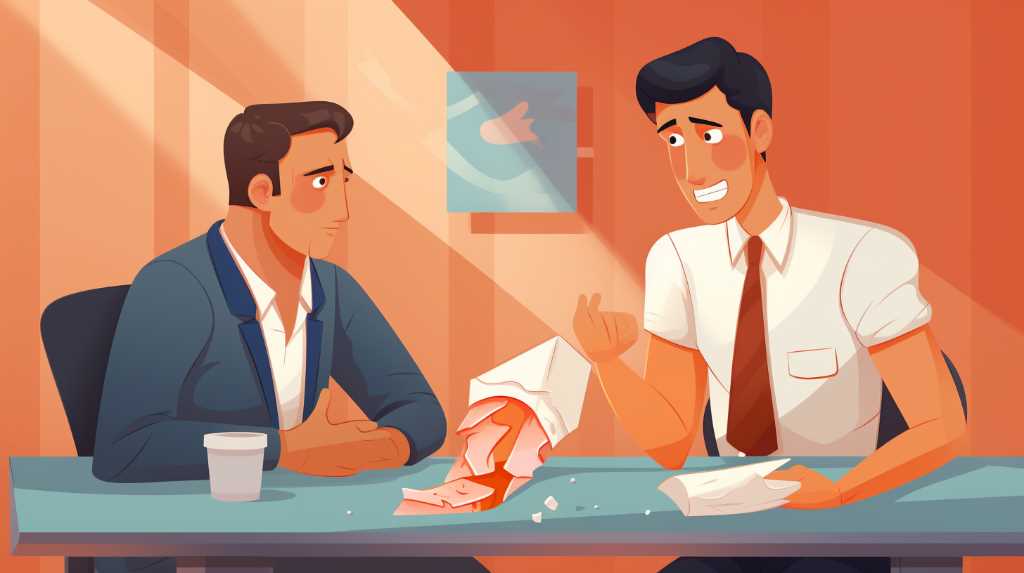
If you’re dealing with shoulder pain after a car crash, it might be a sign of something minor like a strain or something more serious, like a dislocation or a torn rotator cuff. It’s important to figure out how bad the pain is and if there are other problems happening too.
Right away, you should put ice on your shoulder to bring down swelling and give it some rest to help with the pain. But remember, taking care of it yourself isn’t enough. You need to see a doctor quickly so they can find out what’s really going on and start the right treatment.
Knowing what could be wrong with your shoulder helps you heal the right way. With advice from your doctor, maybe some physical therapy, and other treatments if you need them, you can work on getting your shoulder back to normal and feeling better.
Assessing the Pain
When checking someone’s shoulder pain after an accident, it’s important to figure out how bad the pain is, what it feels like, and how it affects movement. It’s key to do this carefully to spot any possible injuries, like damage to muscles and other soft tissues, bones out of place, breaks, or tears in the rotator cuff.
The doctor should use the Numeric Pain Rating Scale to measure how bad the pain is and write down if the pain is sharp, dull, all the time, or comes and goes. By feeling the shoulder and checking how well it moves on its own and with help, they can understand which parts are hurt and how much. It’s also important to look for swelling, bruises, or odd shapes in the shoulder.
This step-by-step checkup helps make sure the doctor knows exactly what’s wrong so they can make a treatment plan just for that person, which helps them get better as quickly and fully as possible.
Immediate Pain Management
If you have shoulder pain, it’s important to start managing it right away. Putting ice on the painful area can help. Do this for 20 minutes and then give your skin a 20-minute break to avoid hurting it. This cold treatment makes blood vessels smaller and slows down swelling, which helps with the pain. Doctors often suggest this as a first step in treating injuries like this.
Remember not to use heat at the beginning because it can make the swelling worse. If you need more pain relief, you can take painkillers like ibuprofen from the drugstore. Just make sure to follow the instructions on the bottle carefully.
Seeking Professional Help
If you’ve hurt your shoulder, after using ice and taking pain relievers from the store, it’s really important to see a doctor.
The doctor will ask you questions and examine you to figure out what’s wrong, like if you have a torn muscle, a bone out of place, or a broken bone.
They might want to take pictures of the inside of your shoulder with an X-ray or MRI to see the injury better and decide on the best way to fix it.
Depending on what’s wrong, you might need to do physical therapy exercises to get your strength and movement back.
Sometimes, the doctor might send you to a bone doctor (orthopedic specialist), or you might even need surgery.
Getting checked out by a doctor quickly is key to healing right and avoiding more problems later on.
Understanding Potential Injuries
Understanding the nature of one’s shoulder pain is crucial as it could be indicative of various injuries ranging from minor sprains to more serious conditions like fractures or dislocations. In the context of car accidents, the shoulder can be subjected to intense forces causing soft tissue injuries such as whiplash, contusions, or rotator cuff tears.
A direct blow might lead to bone fractures, particularly of the clavicle or humerus, or to the compromise of the shoulder joint itself. Dislocations of the glenohumeral joint are also common, potentially accompanied by damage to the labrum or bony structures. Each injury presents with distinct clinical features and requires specific management protocols.
Accurate diagnosis, typically involving imaging modalities like X-rays or MRIs, is paramount for effective treatment planning.
Navigating the Recovery Process
Once you have identified the nature of your shoulder injury, it is essential to embark on a tailored recovery plan to restore function and alleviate pain.
This plan should be evidence-based and derived from a thorough clinical evaluation by a healthcare professional trained in musculoskeletal disorders.
It typically includes a combination of rest, ice, compression, and elevation (RICE), followed by a progressive physical therapy program focusing on strength, flexibility, and proprioception.
Modalities such as ultrasound or electrical stimulation may be employed to reduce inflammation and promote healing.
Non-steroidal anti-inflammatory drugs (NSAIDs) or analgesics can be prescribed for pain management.
Throughout the recovery process, it is crucial to monitor progress and adjust treatment protocols based on individual response to ensure optimal rehabilitation outcomes.
Conclusion
If you’re dealing with shoulder pain after a car crash, it’s important to first get a full check-up and start treating the pain right away.
Then, see a doctor. They can spot different kinds of injuries like muscle strains, a dislocated shoulder, or broken bones.
It’s really important to follow a doctor’s advice for getting better, which might include doing physical therapy or taking medicine.
Doctors use the best research and their own know-how to help you heal and get your shoulder working right again.